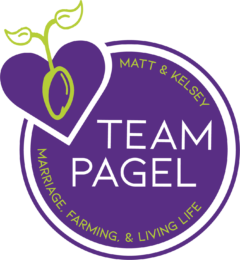The last time I went to the store, the shelves were pretty bare. It’s a scary time. Nobody is really sure what’s going to go on. Nobody is really sure when it’s going to be over. Nobody is really sure what to do.
However, it seems that most are stocking up for the uncertainty.
It’s understandable. You’re scared. You’ve been told to stay home. You’ve been told to use social distancing. But this isn’t the 1920’s. Most of us don’t produce our own food. So you’ve been stocking up.
Friend I want to tell you, your feelings are justified. We live in a free society. If you want 32 packages of cheese, that’s your prerogative. However, your American farmers are still at work.
The cows are still getting milked, the crops are getting planted, the livestock fed. Agriculture is one of the “necessary” or whatever they’re calling it industries. We’re still doing all the things we were doing before this started.
Farmers are the best at social distancing. We can spend hours planting or feeding and see nobody. We have plans in place to keep the food supply not just present, but safe.
It’s a scary time. It’s hard to go to the store and see empty shelves and not freak out. However, the food is there and will continue to be there. We just have to let supply and demand even out. We have to let the trucks get there. We have to take what we need and know that you’ll be able to get it later.
Your American farmer is still producing for you!
If you have questions reach out! I’d love to answer them for you.
If you enjoyed reading this, we would love it if you would hit the share button and introduce us to your friends. You all are the reason we get to do this and we’re so appreciative of that! Please help us continue serving people by sharing us with your family and friends! Leave us a comment and let us know how this has impacted your life. It’s the little things that make me so happy to continue doing this, such as a like, comment or share! Have you subscribed to the page so new blogs will arrive in your email automatically? Go to our homepage to do so! Please and thank you! And remember: You are loved, you are worthy and you are enough!
~Matt & Kelsey
